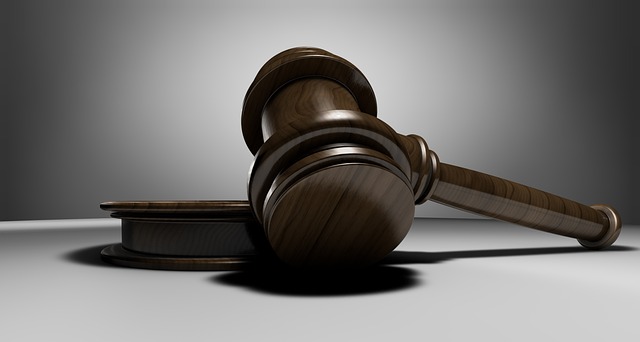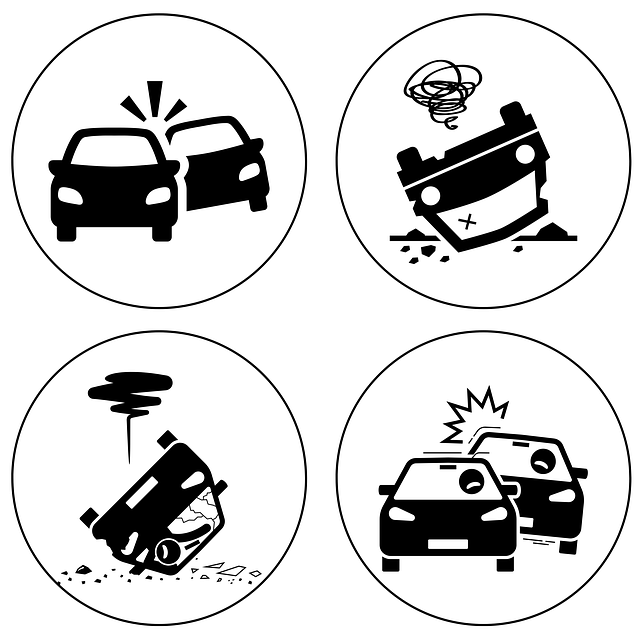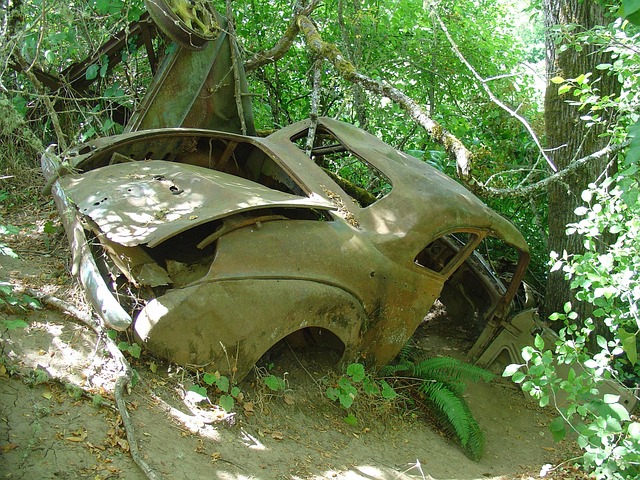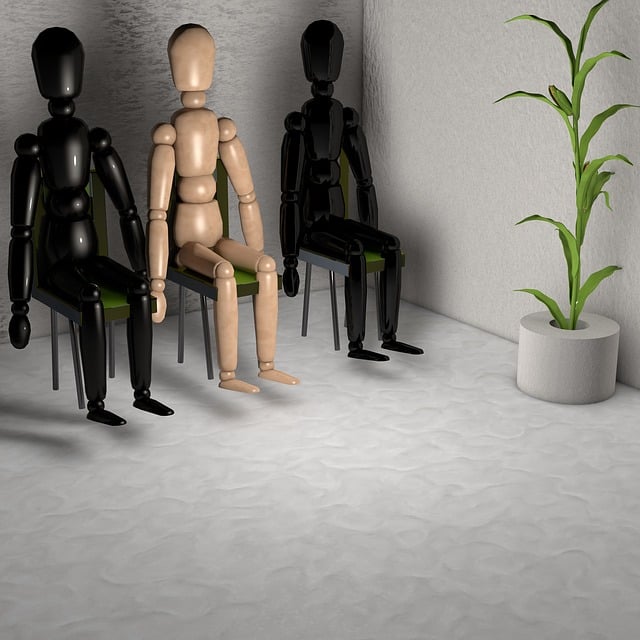Pedestrian bus accidents cause significant emotional trauma that can lead to anxiety, depression, and PTSD. Recovery involves a support network including loved ones, therapists, and an auto accident attorney who provides financial security and compensation for the experienced distress. Professional help is crucial to navigate complex emotions like grief and to access resources such as therapy, legal aid, and non-profit peer connections. Combining these with personal strategies enables survivors to heal and regain control of their lives after a pedestrian bus accident.
“Experiencing an emotional rollercoaster after a pedestrian bus accident is not uncommon. The shock, fear, and grief that follow such traumatic events can leave individuals struggling to cope. This article delves into the profound emotional impacts of these accidents, focusing on understanding trauma, recognizing signs of unresolved grief, and exploring healing strategies. We’ll guide you through effective support resources, offering insights for a journey towards recovery after a pedestrian bus accident.”
- Understanding Emotional Trauma After a Pedestrian Bus Accident
- Recognizing the Signs and Symptoms of Unresolved Grief
- Healing Strategies and Support Resources for Recovery
Understanding Emotional Trauma After a Pedestrian Bus Accident

After a pedestrian bus accident, it’s common for survivors to experience emotional trauma. The impact of such events can be profound, affecting individuals long after the immediate physical injuries have healed. The shock and fear experienced during the incident, coupled with the potential for severe injuries or even loss of life, can lead to a range of mental health challenges. Survivors may find themselves dealing with anxiety, depression, post-traumatic stress disorder (PTSD), and other conditions that significantly impact their daily lives.
Seeking support from loved ones, professionals like therapists, and even consulting an auto accident attorney if necessary can be crucial steps in the recovery process. While legal action, such as pursuing wrongful death claims or defective products liability, may not directly address emotional trauma, it can provide financial security and help victims feel heard and justly compensated for their experiences. This support network is essential in navigating the physical and psychological aftermath of a pedestrian bus accident.
Recognizing the Signs and Symptoms of Unresolved Grief
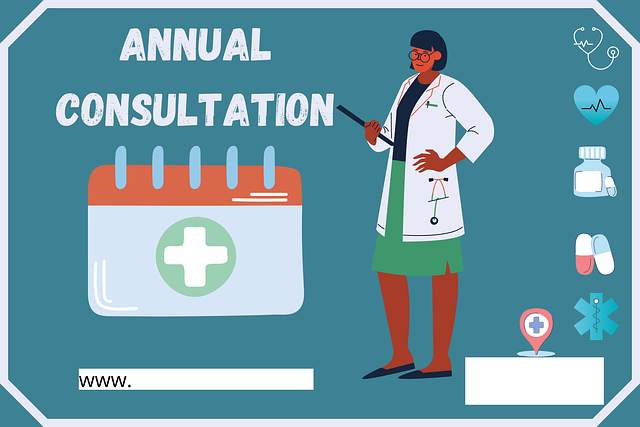
After a pedestrian bus accident, individuals affected often experience a range of emotions, and if left unaddressed, these can escalate into complex grief. Recognizing the signs is crucial to ensuring proper support and healing. Common symptoms include intense sadness, anger, or guilt that may be persistent and overwhelming, affecting daily functioning. Sleep disturbances, loss of appetite, and an inability to concentrate are also frequent indicators. The grieving process can be intricate, especially when it involves a sudden and tragic event like a pedestrian bus accident.
Many survivors may struggle with unresolved feelings, which can lead to long-term mental health issues if not addressed. This is particularly relevant in cases of wrongful death or contract disputes arising from such accidents, where the legal process can further complicate an already traumatic experience. It’s essential to seek professional help to navigate these complex emotions and work towards healing and recovery.
Healing Strategies and Support Resources for Recovery
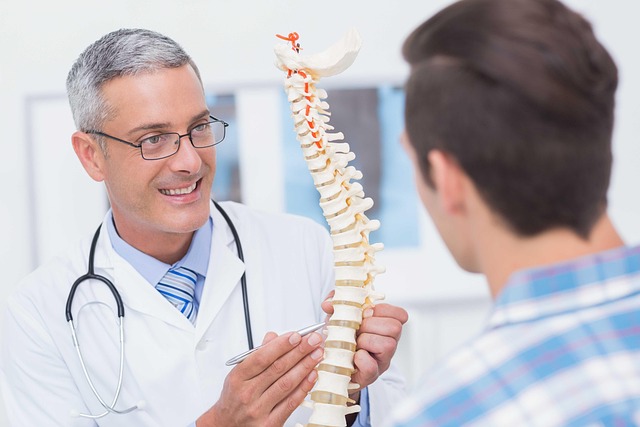
Healing from a pedestrian bus accident is a complex journey, often marked by intense emotions and physical challenges. The first step towards recovery is recognizing the importance of seeking professional help. Therapy, whether individual or group-based, can provide a safe space to process trauma, grief, and anxiety. Trained mental health professionals can offer evidence-based techniques such as cognitive behavioral therapy (CBT) to reframe negative thoughts and promote resilience.
Support resources are abundant for those navigating the aftermath of a pedestrian bus accident. Non-profit organizations dedicated to trauma support offer peer-to-peer connections, legal aid, and financial assistance programs. Additionally, connecting with a competent truck accident attorney or business litigation specialist can help resolve insurance coverage disputes, ensuring individuals receive the compensation they deserve for medical expenses and pain and suffering. These resources, combined with personal coping strategies like mindfulness practices, exercise, and social engagement, empower survivors to embark on their path to healing and reclaim control of their lives.
A pedestrian bus accident can leave victims grappling with significant emotional trauma. Understanding the impact, recognizing signs of unresolved grief, and accessing healing strategies are crucial steps towards recovery. By seeking support from resources designed for such incidents, individuals can navigate their journey to heal and rebuild their lives post-accident. Remember that each person’s experience is unique, and with time, patience, and professional guidance, emotional resilience can be fostered after a pedestrian bus accident.
